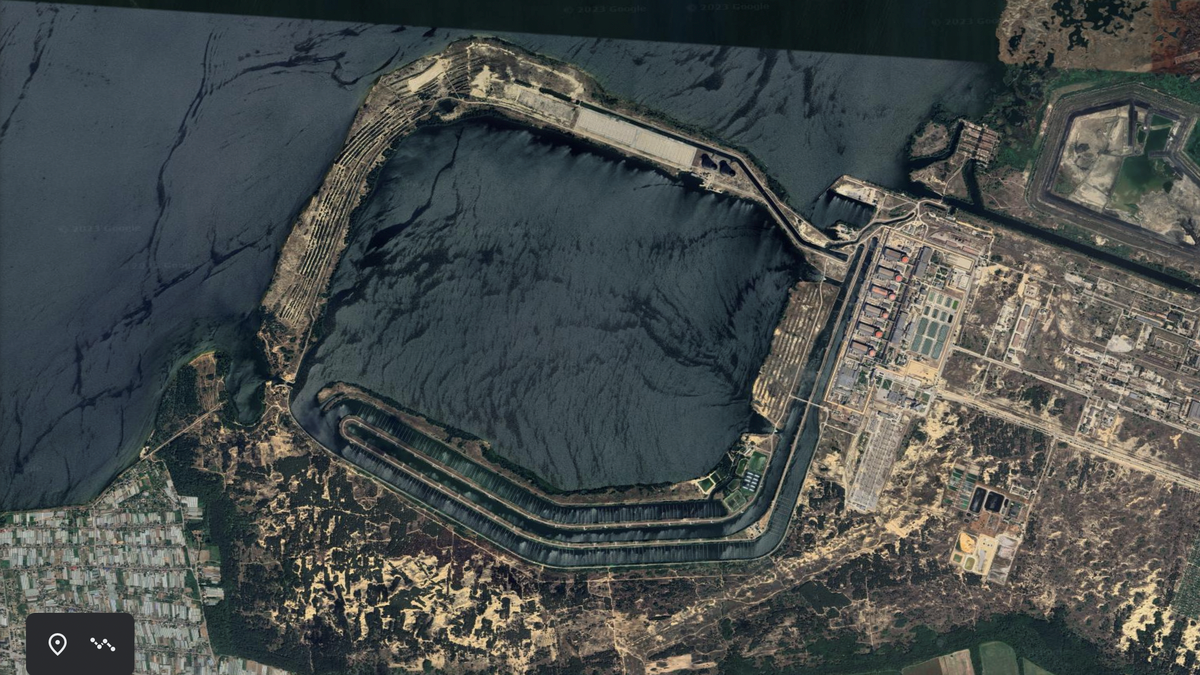Free Courses Sale ends Soon, Get It Now


Free Courses Sale ends Soon, Get It Now



Disclaimer: Copyright infringement not intended.
Context
The risks and safety measures at the Zaporizhzhya Nuclear Power Plant (NPP) in Ukraine, particularly in the context of the military conflict in the region.
Details
Comparison to Chernobyl
Reactor Design at Zaporizhzhya
Risks and Threats at Zaporizhzhya
Other Threats and Operational Status
Recommendations and Concerns
About Zaporizhzhya NPP
Reactor Design
Safety Measures
Regulatory Oversight
Environmental Impact
International Cooperation
Public Perception and Incident
Future Prospects and Challenges
|
PRACTICE QUESTION Q) Analyze the safety measures implemented in NPPs to prevent accidents and the potential risks they face.Provide examples from notable incidents or accidents in NPPs and their impact on public perception and policy decisions. (250 words) |
© 2024 iasgyan. All right reserved